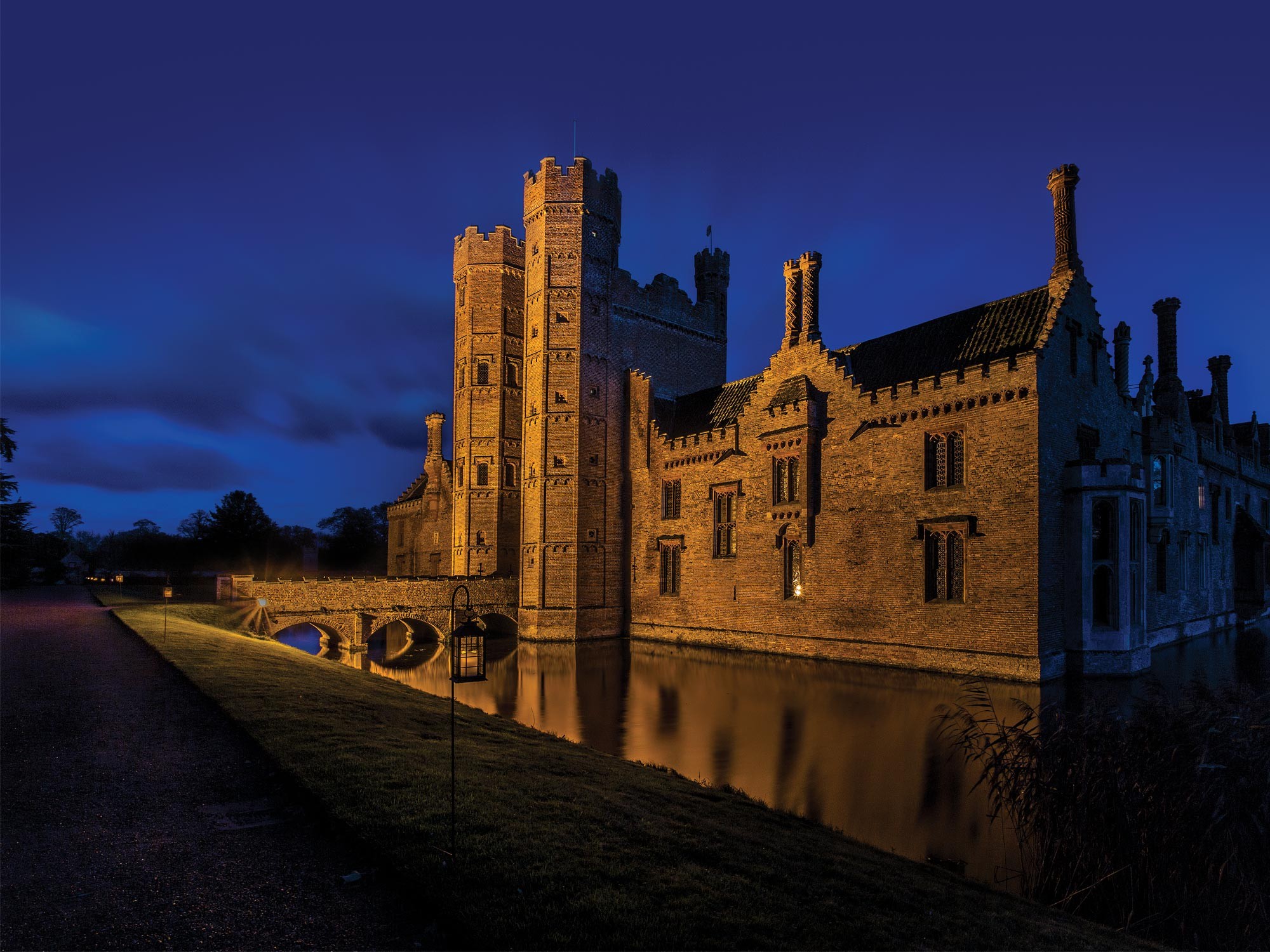
The hidden secrets of Oxburgh Hall
One of the National Trust’s most picturesque properties is giving up its secrets, as a major restoration project uncovers a wealth of surprises
Oxburgh Hall is one of the most beautiful properties under the care of the National Trust, and also one of the most interesting, with a fascinating history and some unique claims to fame. Currently undergoing a major £6million restoration project, the hall made international headlines in August when an archaeologist working in the hall’s attic rooms uncovered a genuine and unprecedented treasure trove.
Repair to the hall’s floor joists saw archaeologist Matt Champion lifting up floorboards and carrying out a fingertip search of what was under them, and what he found was quite extraordinary.
The old cigarette packets and (sadly empty) box of Terry’s chocolates from the 1940s were rather mundane, but Matt also found a page from a rare 15th-century illuminated manuscript, fragments of late 16th century books, and the remains of high quality Elizabethan textiles.
It was a quite remarkable discovery, and one that may well shed a new light on Oxburgh Hall’s already vivid story, which started when the house was built by Sir Edmund Bedingfeld in 1476.
“When the floorboards came up we could see a wave pattern in the debris which showed it had been undisturbed for centuries,” says National Trust curator Anna Forest, who’s overseeing the work. “The lime plaster had helped preserve the debris, so the value of this underfloor archaeology to our understanding of Oxburgh’s social history is enormous.”
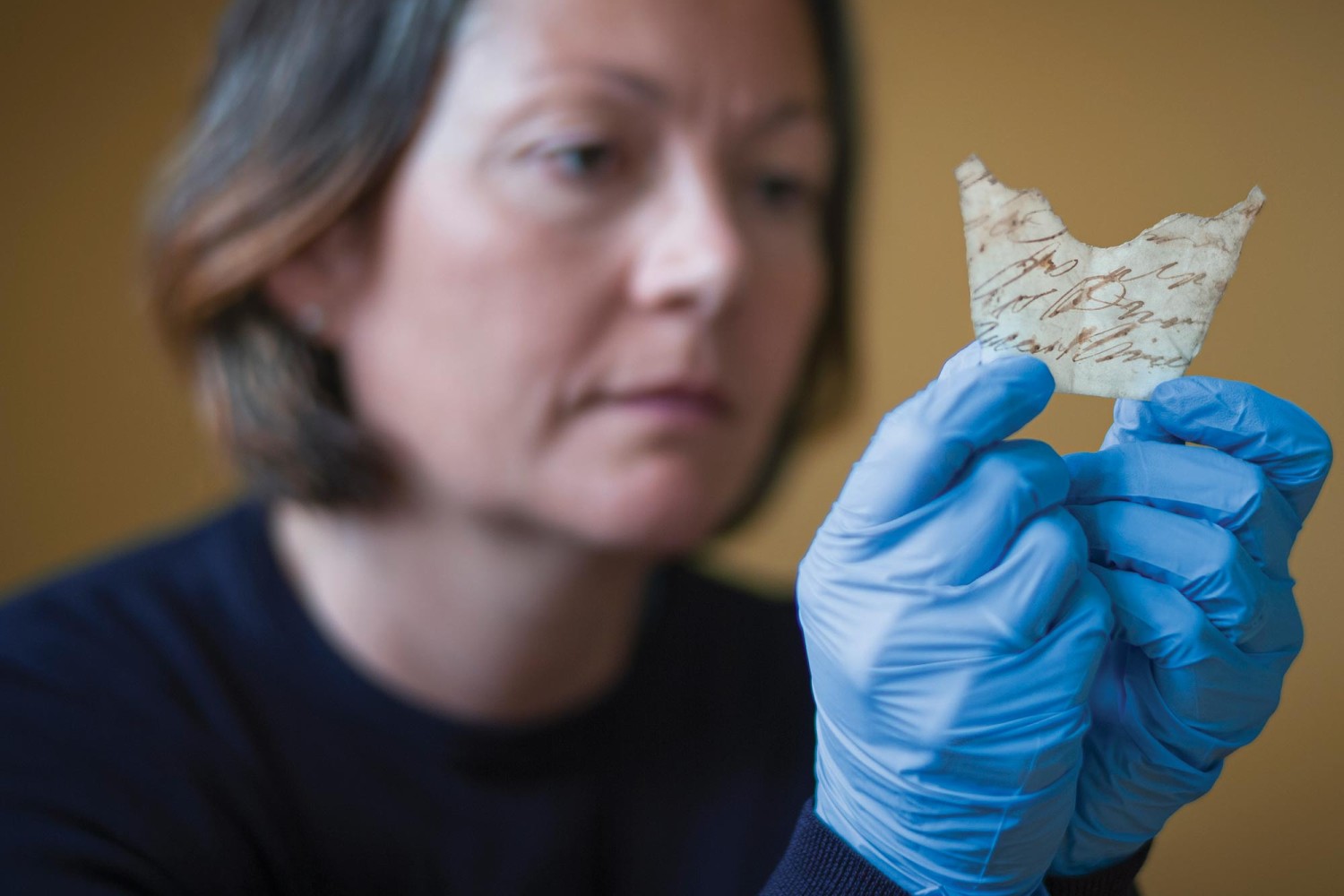
Without a doubt the star find was a 15th-century illuminated manuscript fragment on parchment, which spotted in the rubble by one of the on-site builders. Despite the passing of hundreds of years, the glimmer of gold leaf and bright blue of the illuminated initials was still vibrant.
“The text is distinct enough for us to identify it as part of the Latin Vulgate Psalm 39, and it probably came from a portable prayer book,” says Anna. “The use of blue and gold tells us this would have been quite an expensive book to produce, and it’s tempting to think it belonged to Edmund Bedingfeld himself.”
The Bedingfeld family at Oxburgh Hall were rising stars of the royal court in Tudor times, but when Sir Henry Bedingfeld refused to sign the Act of Uniformity in 1559 it meant the devout Catholic family were ostracised and persecuted - leading to the famous secret priest hole at Oxburgh Hall, which was constructed to help shelter Catholic clergy.
The manuscript parchment and the other objects discovered may well have been used in illegal masses and hidden deliberately by the family.
Meanwhile, two ancient rats’ nests were found to contain over 200 individual fragments of high quality textiles including silk, velvet, satin, leather, wool and embroidered fabric, which have been dated to between the second half of the 16th century and the 18th century.
Highlights include a large piece of slashed brown silk shot through with gold (possibly from a sleeve), a woven fabric embellished with delicate wool ‘blackwork’ embroidery, a two-tone basket-weave clothing fabric with metallic thread, and pieces of a felted woollen textile similar to known examples from Tudor caps and stockings.
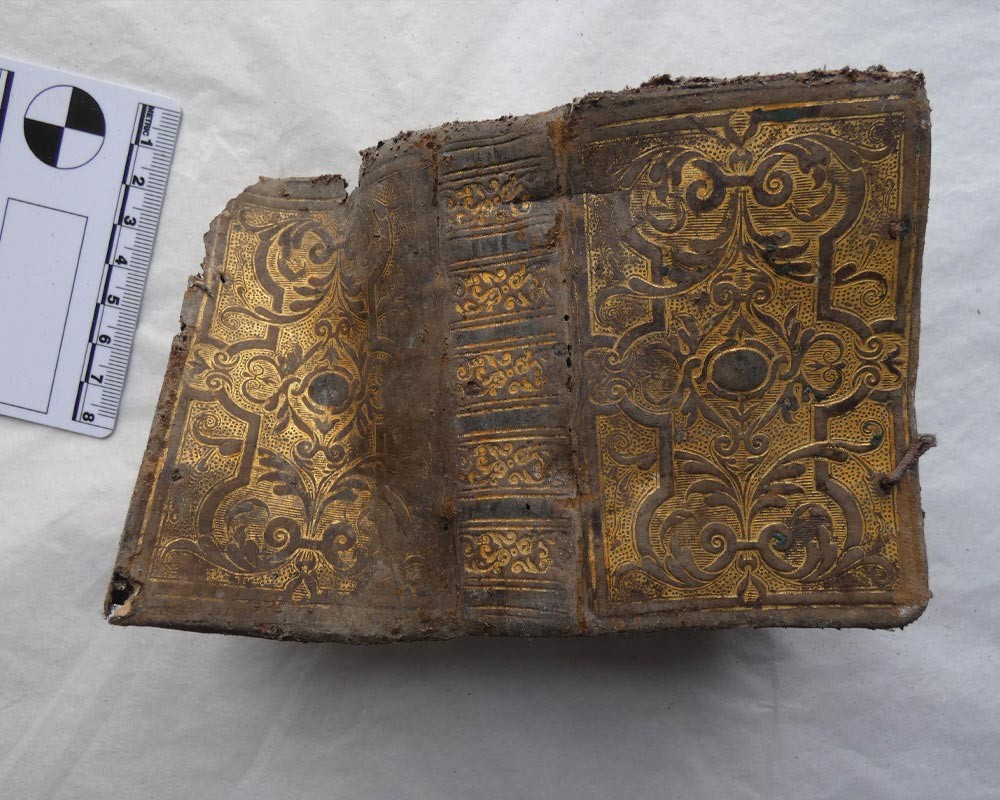
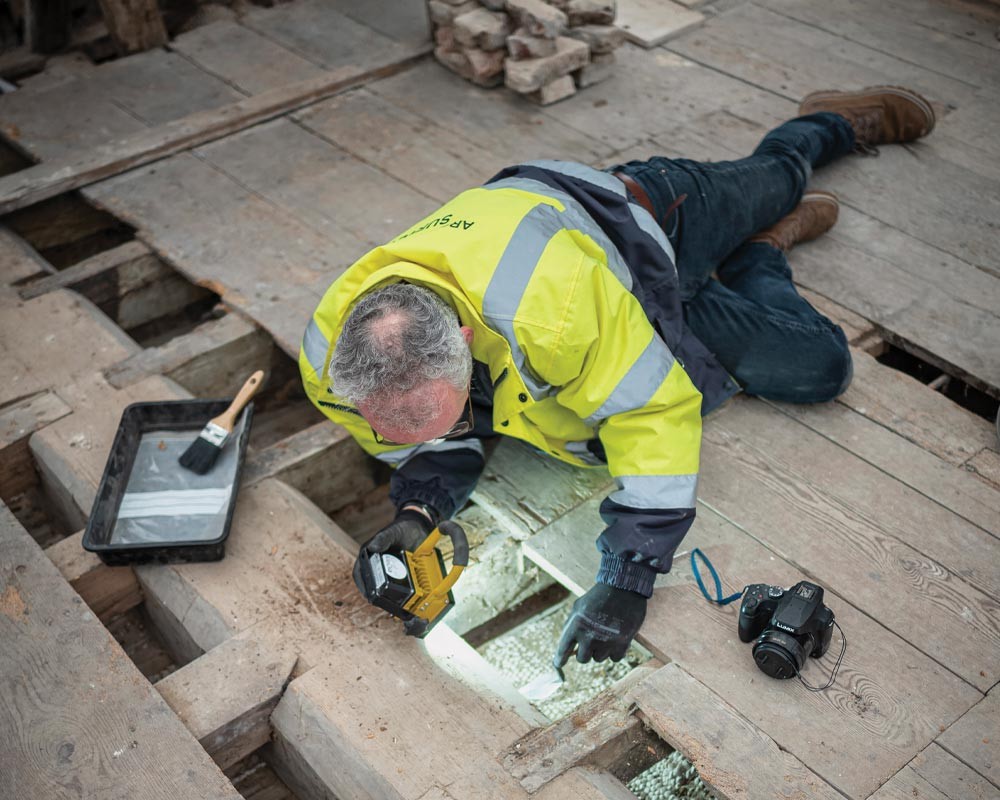
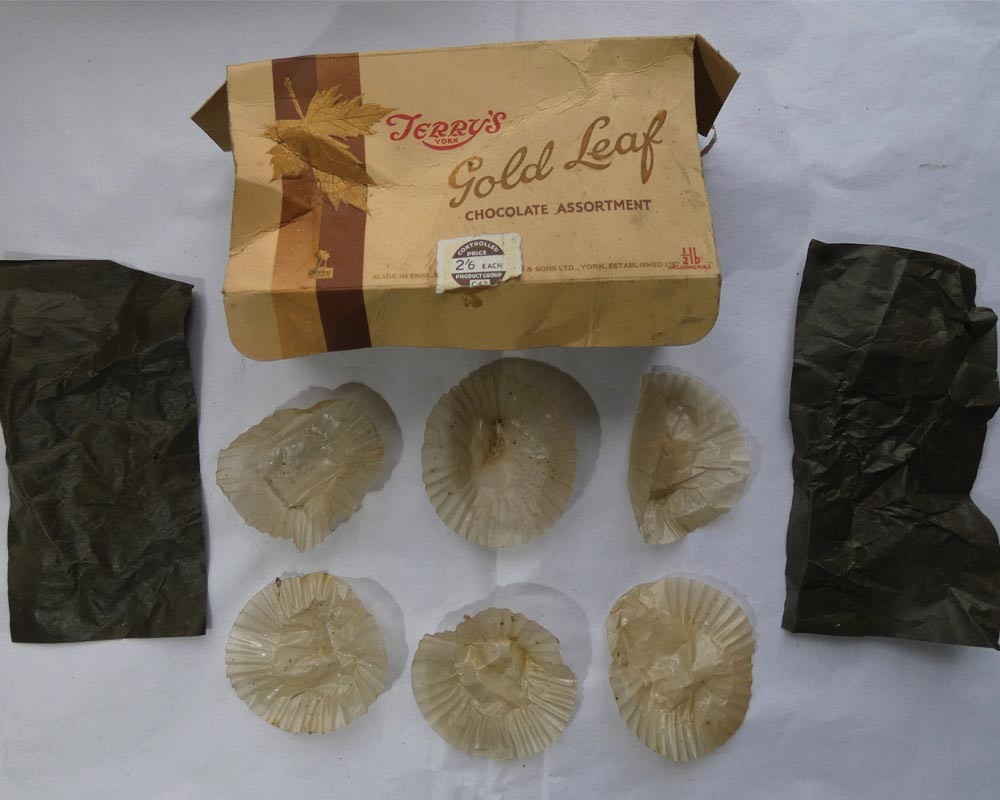
The nests also contained scraps of handwritten music from the 16th century large enough to be identifiable as coming from a cantus or soprano part. An active musical life at Oxburgh is already known from a 1585 inventory of the house in which several musical instruments are listed. Music is likely to have been part of the secret masses held at the house - and it’s long been suggested that the hall had a secret chapel during this period.
As work continues to protect and preserve Oxburgh Hall for future generations, so do the discoveries. The most recent (which was spotted in an attic void by a builder) is a complete book called the King’s Psalms and is dated to 1568. Complete with its gilded leather binding, it’s virtually intact – and research on it is now underway.
“During the work we’d originally hoped to do some paint analysis, wallpaper research and record some historic graffiti,” says Russell Clement, General Manager at Oxburgh Hall. “But these discoveries are far beyond anything we expected to see - they contain so many clues which confirm the history of the house as the retreat of a devout Catholic family who retained their faith across the centuries This is obviously a building which only gives up its secrets slowly. We don’t know what else we might come across – or what might remain hidden for future generations to reveal.”
The current restoration project at Oxburgh Hall is supported by funds from The National Lottery Heritage Fund, The Wolfson Foundation, as well as the European Agricultural Fund for Rural Development through the LEADER programme, the Sylvia Waddilove Foundation UK, and The Constance Travis Charitable Trust, as well as ongoing support from National Trust members and donors.
More information is available on www.nationaltrust.org.uk/Oxburghhall
Images: ©National Trust Images_Mike Hodgson & Matt Champion
